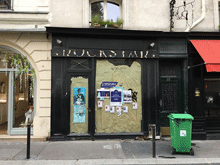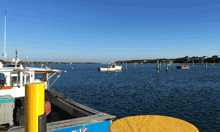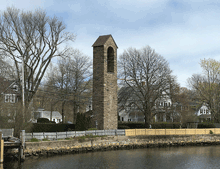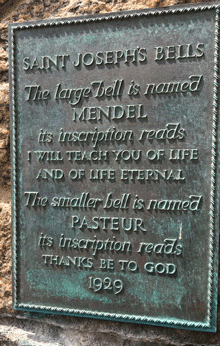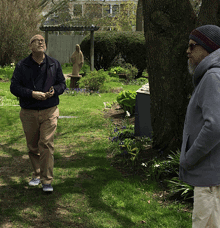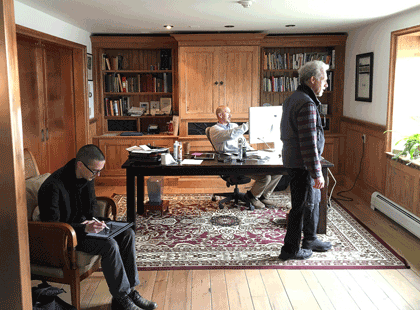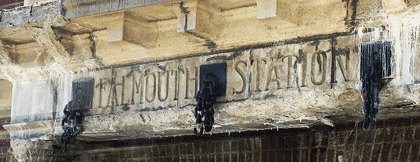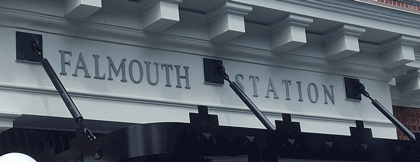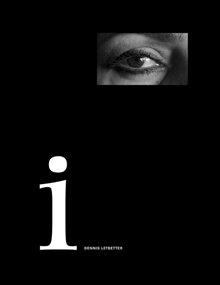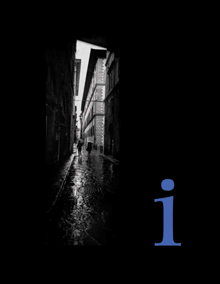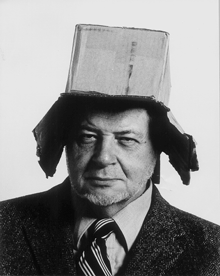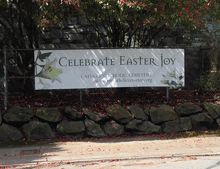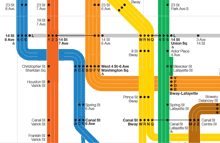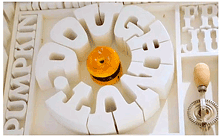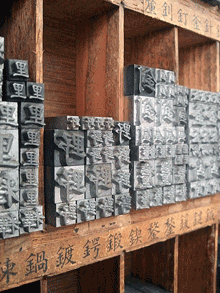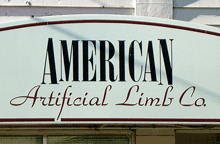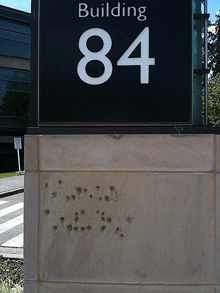When Massimo Vignelli died last month, the obituaries and remembrances all mentioned his famous 1972 map of the New York City subway system. The New York Times, of course, spent a good deal of ink and pixels on the subject. In retrospect, everyone keeps talking about how confusing that map was to people at the time, implying that it may have been a brilliant design object but that it was a failure as a navigational tool. That’s not what I remember.
I first learned how to navigate the complex, contradictory New York subways in the late 1960s, when the Vignelli map had not yet appeared but the Vignelli-inspired system of color-coding the lines and identifying them by numbers or letters had been implemented. This was truly a system, and it made sense of a wildly inconsistent tangle of lines; it also made the sometimes chaotic interiors of the subway stations themselves navigable and understandable, at least to an extent. The system was designed not to tame the chaos but to give its users – the subway riders, both straphangers who used the system every day and newcomers or first-timers like me – a tool for navigating, for making our way through the jungle and getting to a destination.
The maps we used before 1972 were already highly stylized; they were really diagrams, not maps, despite the nod to geography in the background shapes of the city’s waterways and landforms. The 1966 subway map, which would have been the first one that I used, was already nothing like a realistic map; the lines in the outer boroughs were compressed and condensed, while Manhattan was shortened and fattened, not reflecting the actual geography at all. But the lines still had names, not numbers or letters (“SEA BEACH, W. END” or “JEROME LEX AV”).
By 1968, the map was clearly a wiring diagram of the city, and it introduced the consistent system of identifying each line by a unique number or letter (6, F, RR). The lines were color-coded as well, just like the signs within the stations. (In the 1966 map, the only color distinction was used to show which lines were part of the old IRT, IND, or BMT systems.) The map was complex, because the city’s subway system was complex, but it formed a very useful and usable chart that enabled you to understand how the system was put together and how to get from one point within it to another efficiently.
The famous 1972 map was just a continuation of this to a slightly more abstract level. Actually, to a slightly more abstract-looking level; the abstraction was already there. Compare the 1968 map to the 1972 one: both are diagrams, it’s just that the ’72 map makes this even more obvious. The biggest innovation was how it showed potential transfer points: instead of inscribing all the line numbers or letters in little boxes, the Vignelli map placed black dots side-by-side where trains from adjacent lines stopped at the same station. It was simple and clear, and if your line passed by but didn’t show a dot, that meant it didn’t stop at that station.
None of these subway maps were intended as a way to understand the city; they were intended as a way to understand the subway system, and to use that to get around the city. They were superb at that, and the more abstract they got, the better they did that job. I know; I used them constantly.
The first “schematic” map of the New York subways was produced in 1959. If you want to see what that was an improvement on, take a look at the 1948 map, which makes a brave attempt to reflect the geography and still show the tangle of lines and where they go. The comparison is educational. I know which one I would want to use as a guide.
Strangely, many of the people who complained about the 1972 Vignelli subway map would be perfectly content to use the equally abstract London tube map, which was introduced decades before New York’s attempts. Nobody in London would claim that the tube map gives you any idea of the layout of the city; but it’ll get you from station to station within the system brilliantly. The 1972 NYC subway map did the same.
Thank you, Massimo, for making it easier for me and a lot of other people to get around.
[Image: a detail from the recent digital version of the Vignelli subway map, even more simplified and rationalized than the original.]
Categorized as ambient letters, design, information design, signage |


